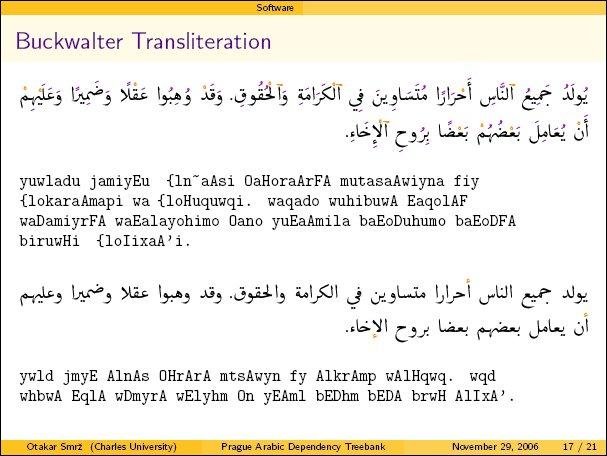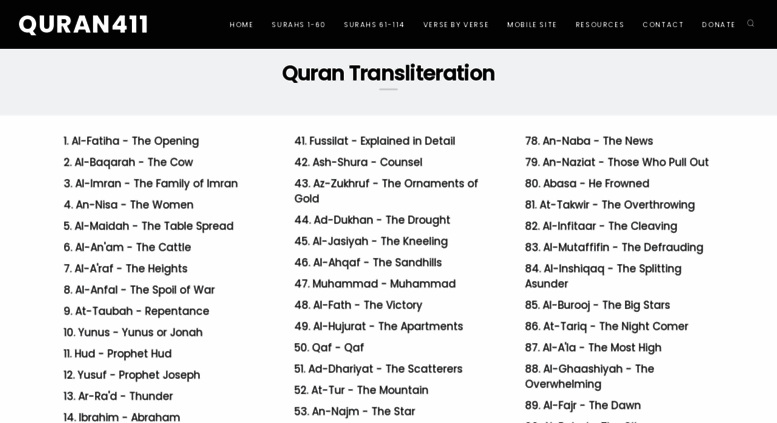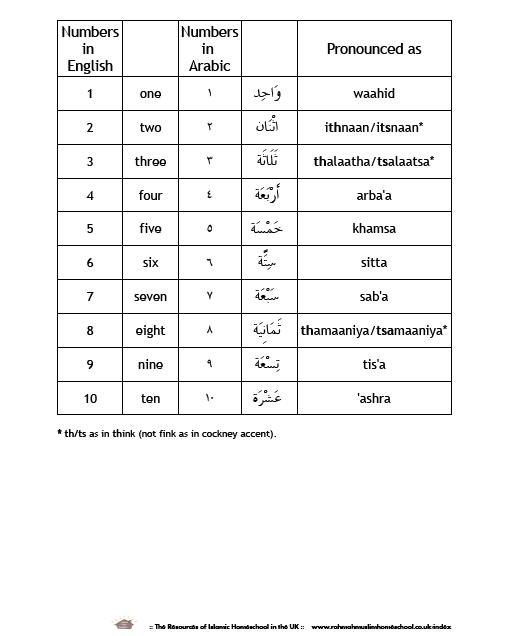
Most of these technologies originally permitted the use of the Latin script only, and some still lack support for displaying Arabic script. History ĭuring the last decades of the 20th century, Western text-based communication technologies, such as mobile phone text messaging, the World Wide Web, email, bulletin board systems, IRC, and instant messaging became increasingly prevalent in the Arab world. The Arabic chat alphabet is never used in formal settings and is rarely, if ever, used for long communications. Add-ons for Mozilla Firefox and Chrome also exist (Panlatin and ARABEASY Keyboard ). These Arabic chat alphabets also differ from each other, as each is influenced by the particular phonology of the Arabic dialect being transcribed and the orthography of the dominant European language in the area-typically the language of the former colonists, and typically either French or English.īecause of their widespread use, including in public advertisements by large multinational companies, large players in the online industry like Google and Microsoft have introduced tools that convert text written in Arabish to Arabic ( Google Translate and Microsoft Translator). These chat alphabets differ from more formal and academic Arabic transliteration systems, in that they use numerals and multigraphs instead of diacritics for letters such as qāf ( ق) or ḍād ( ض) that do not exist in the basic Latin script ( ASCII), and in that what is being transcribed is an informal dialect and not Standard Arabic. These informal chat alphabets were originally used primarily by youth in the Arab world in very informal settings-especially for communicating over the Internet or for sending messages via cellular phones-though use is not necessarily restricted by age anymore and these chat alphabets have been used in other media such as advertising. The Arabic chat alphabet, Arabizi, Franco-Arabic ( franco-arabe), refer to the romanized alphabets for informal Arabic dialects in which Arabic script is transcribed or encoded into a combination of Latin script and Arabic numerals.

For the music genre, see Arabic music § Franco-Arabic. This entry was posted in Culture, Learning Arabic and tagged arabic alphabet, Arabic chat, Arabic English by ArabicGenie. Update: See my new article on the Arabic chat alphabet where I dissect two sample sentences and translate them into normal Arabic script. Imagine that the two dots of the letter qaaf closed the top, which would result in an eight lying on its side The apostrophe represents the dot on the letter ghayn The apostrophe represents the dot of the letter Zaa’ The shape of the numeral is not too different from the shape of the letter Taa’ The apostrophe represents the dot on the letter Daad Imagine a lying on the side, in which case the numeral looks very similar to the letter Saad The apostrophe represents the dot on the letter khaa’ alternatively the numeral is used The letter Haa’ looks quite similar to a 7

ARABIC TRANSLITERATION NUMBERS HOW TO
I also suggest some mnemonics for how to remember which number corresponds with which letter.

For instance تحكي عربي؟, or “do you speak Arabic?” becomes “ta7ki 3arabi?”.īelow is a table that summarizes how the numbers are used to replace certain Arabic sounds.

So don’t be surprised to see numerals such as 3, 5, 6, 7, 8, or 9 being used online – these numbers represent distinct sounds in the Arabic language. And, because certain sounds in the Arabic alphabet don’t have a counterpart in Western languages, there are a number of symbols used to represent these special sounds. When chatting online Arabs often use the Latin letters to write in Arabic instead of the Arabic alphabet.


 0 kommentar(er)
0 kommentar(er)
